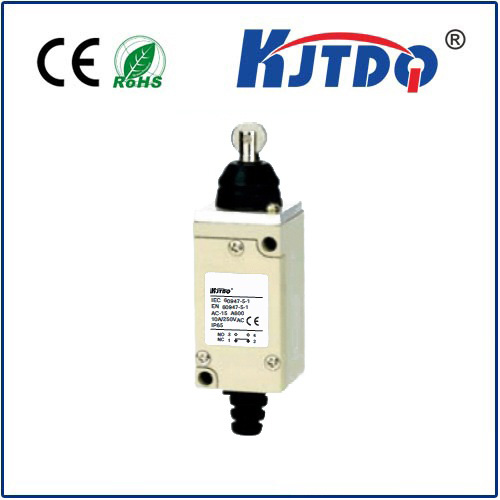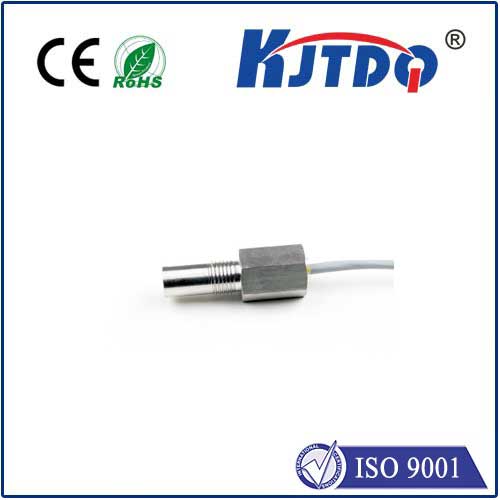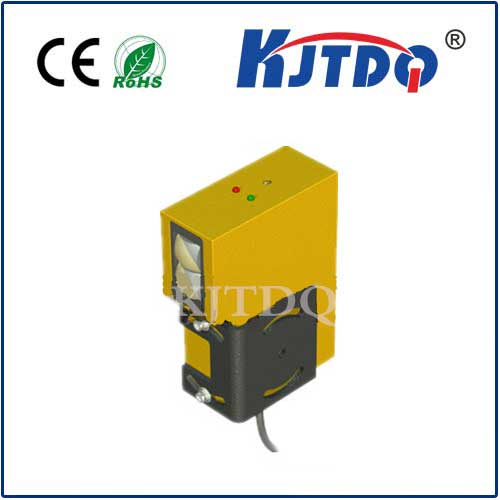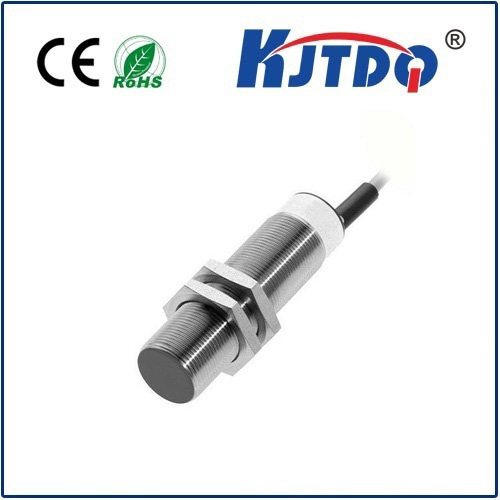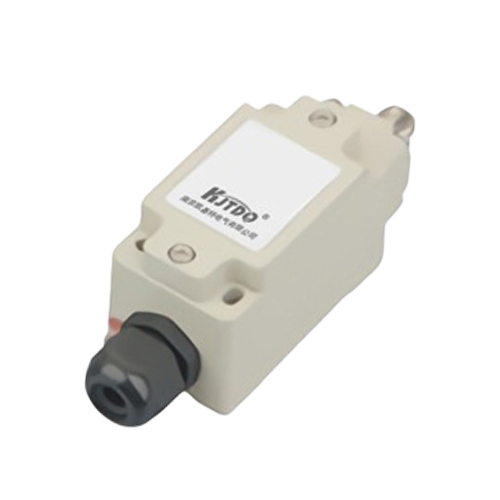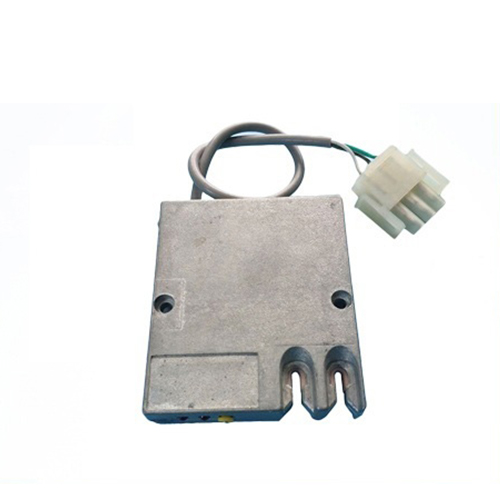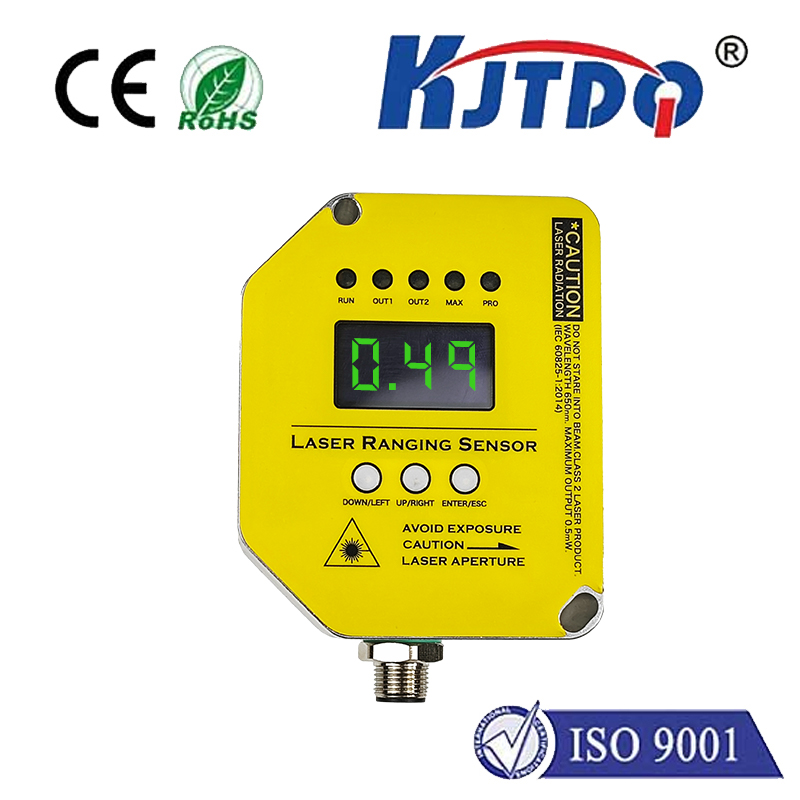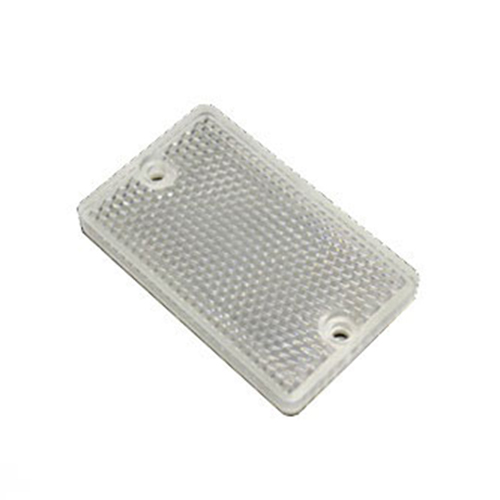Imagine a world where devices can “see” and react to their surroundings without human intervention. This is not science fiction; it’s the everyday reality enabled by the pervasive use of optical sensor technology. These remarkable components, silently embedded in countless machines and gadgets, are the unsung heroes transforming industries and enhancing our daily lives. By converting light into electrical signals, they provide critical data that drives automation, enhances safety, improves efficiency, and unlocks new possibilities across a breathtakingly wide spectrum of applications.
At their core, optical sensors detect light – be it visible, infrared (IR), or ultraviolet (UV). They fundamentally work on the principle of measuring changes in light intensity, wavelength, or position. This seemingly simple capability allows them to gather information about presence, absence, distance, color, motion, surface characteristics, and even biological markers. Their versatility stems from different types, including photodetectors (sensing light presence/intensity), photodiodes and phototransistors (converting light to current), charge-coupled devices (CCDs) and complementary metal-oxide-semiconductor (CMOS) sensors (capturing images), LiDAR (Light Detection and Ranging) systems (measuring distance with laser pulses), and fiber optic sensors (using light transmission through fibers to detect changes).
One of the most impactful uses of optical sensors lies in manufacturing and automation. Here, they are indispensable for precision quality control. Machine vision systems, powered by sophisticated cameras (essentially arrays of optical sensors), inspect products on assembly lines at incredible speeds. They can detect microscopic defects in circuit boards, verify the correct placement of components, read barcodes and serial numbers, and ensure consistent color matching – tasks far exceeding human capability for speed and accuracy. Optical encoders provide crucial feedback on motor position and speed, enabling robotic arms to move with pinpoint accuracy. Photoelectric sensors reliably detect the presence, absence, or distance of objects on conveyors, triggering actions or controlling processes without physical contact, reducing wear and tear.

The automotive industry heavily relies on optical sensing for both safety and the evolution towards autonomy. Advanced Driver Assistance Systems (ADAS) and autonomous vehicles leverage an array of optical technologies. LiDAR sensors create high-resolution 3D maps of the vehicle’s surroundings, detecting obstacles, pedestrians, and lane markings, even in low light. Camera-based systems (often stereo cameras) enable lane departure warnings, traffic sign recognition, automatic emergency braking (AEB), and adaptive cruise control. Infrared sensors power night vision systems, extending the driver’s “sight” beyond headlight range. Rain sensors automatically activate wipers by detecting water droplets on the windshield based on light refraction changes. This widespread use of optical sensor technology is fundamentally making driving safer and paving the road to self-driving cars.
Consumer electronics are perhaps the most visible arena for optical sensors. Look no further than your smartphone: the front-facing camera enables selfies and video calls, while sophisticated rear cameras, employing multiple sensors with different focal lengths and functions (like depth sensing for portrait mode), capture our memories. Ambient light sensors automatically adjust screen brightness for optimal viewing and battery life. Proximity sensors detect when the phone is held to your ear, turning off the display to prevent accidental touches. Under-display fingerprint sensors use optical principles to authenticate users. Beyond phones, gaming consoles use optical motion sensors (like in VR controllers), smart home devices employ light sensors for automated lighting control, and televisions utilize sensors to optimize picture quality based on ambient conditions.
Healthcare and life sciences benefit profoundly from the precision and non-invasive nature of optical sensing. Pulse oximeters, a critical tool, use red and infrared light to measure blood oxygen saturation and heart rate through the skin. Optical imaging techniques like endoscopy, laparoscopy, and Optical Coherence Tomography (OCT) provide minimally invasive internal views for diagnosis and surgery. Advanced lab equipment uses spectrophotometers (based on optical sensors) to analyze the composition of liquids by measuring light absorption. Flow cytometry relies on optical detection to analyze and sort cells. Wearable fitness trackers primarily use optical heart rate monitors (PPG - photoplethysmography) to track pulse continuously. The use of optical sensor technology here saves lives and enhances diagnostic capabilities.
Environmental monitoring and resource management increasingly leverage optical sensors. Spectrometers deployed in the field or on satellites analyze light reflected or emitted from the Earth to monitor soil moisture, vegetation health, water quality (detecting pollutants), and atmospheric composition (tracking greenhouse gases). Turbidity sensors measure water clarity using light scattering. Flame detectors in industrial settings often use specific IR or UV optical sensors to identify fires quickly and reliably. Smart agricultural systems employ optical sensors to monitor crop health, optimize irrigation, and detect pests. These applications are crucial for sustainable resource management and protecting our planet.
The advantages driving the widespread adoption of optical sensors are compelling: they offer non-contact measurement, crucial for delicate objects or sterile environments; provide high precision and accuracy; enable high-speed data capture essential for automation; are capable of multiparameter sensing (like color, size, presence simultaneously); and often present a cost-effective solution compared to other sensing modalities for many tasks. Challenges remain, such as sensitivity to environmental factors (dust, fog, extreme light) and occlusion (objects blocking the line of sight), but ongoing advancements in materials, signal processing, and AI integration are continuously mitigating these limitations.
From the factory floor to the operating room, from our pockets to the depths of space, the use of optical sensor technology is ubiquitous and transformative. These silent observers, converting photons into actionable intelligence, are fundamental building blocks of our increasingly automated, data-driven, and intelligent world. Their evolution continues to unlock new frontiers, proving that the ability to “see” light is indeed a superpower for modern technology.
